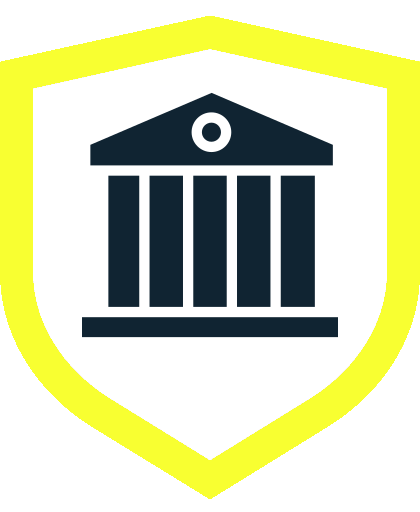In today’s digital landscape, remote access has ended up being an important element for lots of individuals and services, enabling individuals to connect to their servers or devices from any type of location. This procedure is important for enabling remote access service capabilities, as it often requires the configuration of port forwarding. By using services like Dynamic DNS (DDNS), individuals can designate a consistent domain name to a changing IP address, making remote access to services such as FTP servers less complicated and much more trusted.
Setting up an FTP server, for instance, entails ensuring that the firewall settings allow inbound connections which the relevant ports are sent appropriately on the router. Various tools can assist users with this port mapping, making it possible for smooth data sharing throughout networks. Dynamic DNS services, including popular alternatives like No-IP and DuckDNS, offer a vital layer of ease by keeping domain connected to changing IP addresses, particularly in dynamic settings like home networks. These tools are becoming increasingly preferred for personal use, particularly among those who wish to access their home servers or gadgets remotely. In this context, recognizing DDNS and its setups, as well as how to utilize a dynamic DNS service, can considerably simplify remote access arrangements.
The use of DDNS can likewise consist of added attributes such as secure access through SSL, allowing for encrypted connections to servers. This demand has actually spurred the development of numerous service carriers, each vying to supply the most affordable solutions in the market, additional boosting the accessibility of remote administration software.
In addition to DDNS, keeping a secure remote access environment includes durable network security monitoring. By using remote management tools and secure remote access solutions, companies can securely take care of access to their networks, utilizing modern technologies like interconnecting corporate intranet with secure external access factors.
As firms adapt to a much more mobile labor force, the deployment of remote access management systems gets on the surge. These systems enable comprehensive remote access support, enabling users to access company sources safely from anywhere. This includes remote desktop solutions, which allow workers to safely log into their desktops from differing places, enhancing performance while guaranteeing corporate conformity. In addition, popular procedures such as OpenVPN supply secure passages for data transmission, making it possible for the safe exchange of information over the internet.
The principle and execution of remote access expand beyond simply individual users; businesses take advantage of effective remote access modern technologies to enhance performance and streamline procedures. Making use of gadgets like a broadband remote access server makes it possible for organizations to preserve durable connections with their customers, partners, and personnel.
With respect to intranet services, organizations frequently face the difficulty of external network access to their internal resources. Even as internal corporate networks continue to be critical, the requirement for external access has led to technologies in service distribution through VPNs and secure remote desktop applications.
As technology proceeds to develop, so also do the techniques for accessing servers remotely. Whether it’s with the usage of a dynamic DNS server on a Raspberry Pi or establishing a server for remote access, the tools available today are a lot more straightforward than ever, accommodating tech-savvy people and organizations alike. Community-driven resources and tutorials are plentiful, offering advice on setting up every little thing from basic FTP servers to complicated remote access atmospheres. Individuals are able to find solutions tailored to their requirements, whether they are collaborating with Linux, Windows, and even mobile platforms.
For people and designers looking for to promote remote work, setting up a home server for remote access can supply substantial advantages. By using private dynamic DNS solutions, individuals can take pleasure in secure external access to their configurations while decreasing expenses usually linked with conventional hosting.
The flexibility of remote access tools is apparent when observing diverse use cases across various fields. As even more organizations recognize the benefits of flexible working plans, the demand for secure remote access solutions continues to raise dramatically.
Emerging solutions likewise highlight a shift in the direction of zero-trust network styles, aiming to protect internal networks from external threats. Zero trusts rely upon secure approaches where every ask for access is authenticated, licensed, and secured before granting customers any kind of degree of connectivity. This approach resolves the growing trend of cybersecurity worries as organizations change to even more interconnected frameworks.
In linux intranet penetration , the growing reliance on remote access modern technologies underscores the significance of comprehending the techniques and tools offered. Individuals geared up with understanding of remote access systems and security methods will certainly navigate this terrain with confidence, unlocking the prospective to stay effective and connected in a progressively electronic globe.

Utilizing fast reverse proxy for bypassing network restrictions in intranets

Recent News
-
Remote Desktop Solutions for Troubleshooting: A Practical Guide
22 October 2025
-
線上撲克平台比較:合法性、安全性與功能分析
21 October 2025
-
德州撲克線上長期贏家心法:穩定盈利的關鍵習慣
21 October 2025
-
Maximizing Operational Efficiency with DLYY Rubber Service Plugs
21 October 2025
Riverside City Hall
8353 Sierra Avenue • Riverside, CA 87 535
Phone: (907) 350-7400 • Monday – Thursday, 8:00 am – 6:00 pm
Recent News
Quick Links
A vibrant city nestled against the Mountains.
Copyright © 2023 - fansnextdoor.com All Right Reserved.